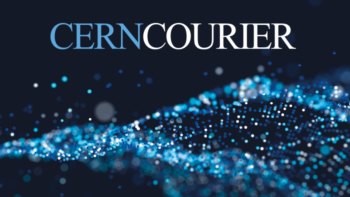 Read article 'ISOLDE goes on the trail of superlatives'
Read article 'ISOLDE goes on the trail of superlatives'
ISOLDE goes on the trail of superlatives
The superlarge nuclei studied at CERN's ISOLDE facility can now vie for attention with the superdeformed and the superheavy, as David Lunney explains.











